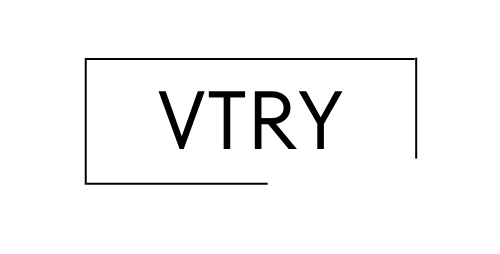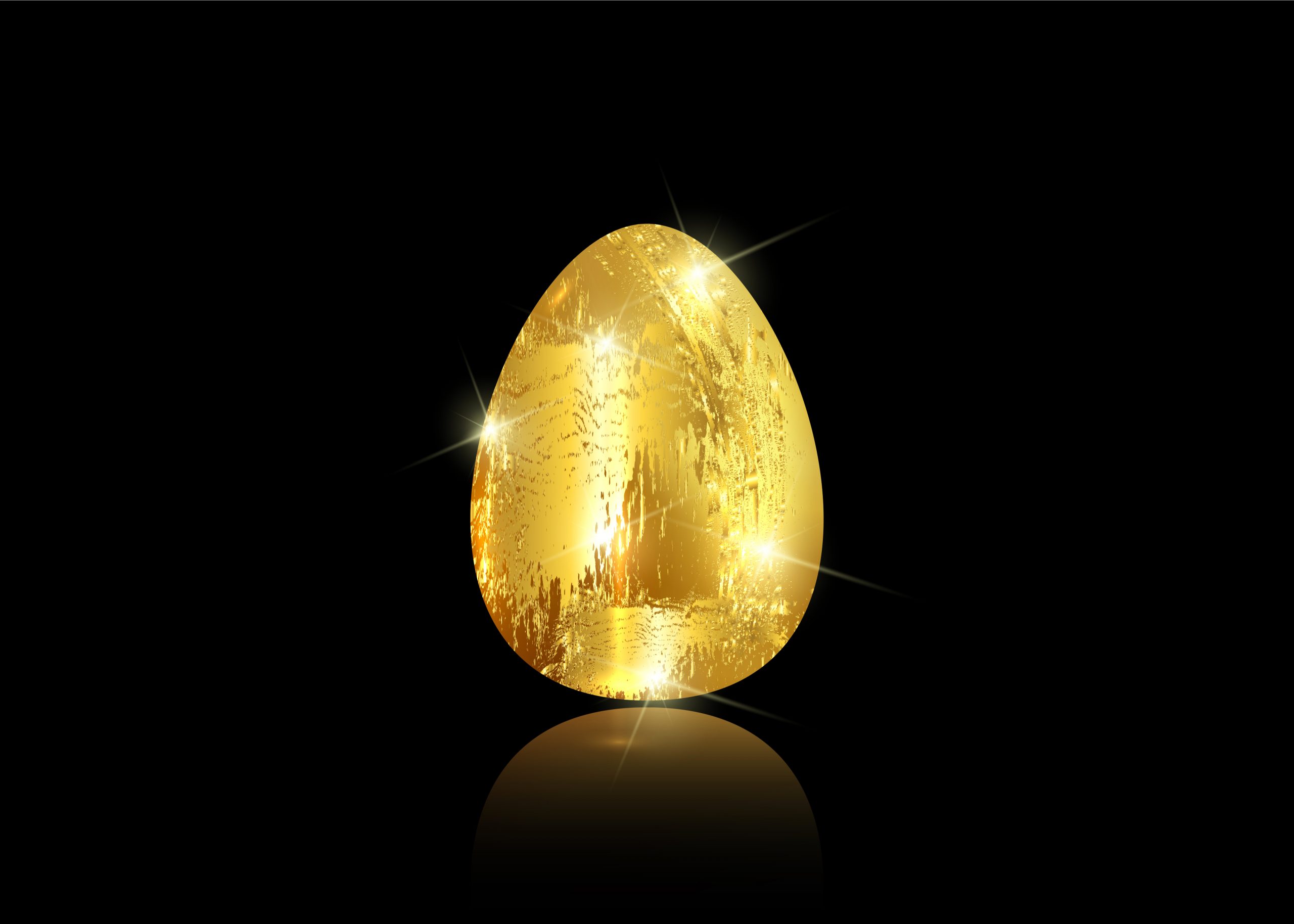You may have heard once or twice about Faberge eggs, you probably didn’t imagined the connection between the words “cheapest Faberge eggs”. These luxury items are regarded as some of the most beautiful items given as Easter gifts for Russian Tsars’ wives or mothers. Keep in mind that those eggs were first manufactured between 1885 and 1917; today, out of the 69 known eggs, there are only 57 that are still available.
One of the most remarkable things about Faberge eggs is that they’re extremely expensive (like we wrote in this article – Top 10 of the Most Expensive Faberge Eggs). While some eggs are currently visible in popular museums, others are in private collections and are not for sale. Still, it’s interesting to learn more about the history of those eggs. That’s why today, we’re going to cover the top 10 cheapest Faberge eggs (that you cannot afford to buy). Even though these are technically more affordable than the most popular ones, they still have an insane monetary value.
Let’s jump right into the list! Top 10 of the Cheapest Faberge Eggs:
One – Danish Palaces Faberge Egg
This is one of the “Imperial” Faberge eggs, which were made under the supervision of Peter Carl Faberge. It was made for the Tsar of Russia, Alexander III. He then later gifted the egg to Maria Feodorovna on Easter. The current owner of this egg is the Matilda Geddings Gray Foundation, and it’s located in the Metropolitan Museum of Art.
Overall, the last known Faberge egg value was $25,000 (We guess its the Cheapest Faberge Eggs as of today), when it was sold back in 1937 to Nicholas H. Ludwig. From 1962 to 1971, the egg got transferred to a private collector before it got found in Matilda Geddings Gray’s collection.
The egg itself is made of pink-mauve enameled gold, which is split into twelve sections. As for the surprise, it’s a 10-panel screen made of gold and watercolors.
Two – Mosaic Faberge Egg
This Mosaic egg was created by Albert Holmström back in 1914. It was meant for Alexandra Feodorovna. The current owner of the egg is Elizabeth II and the item is part of her Royal Collection, which was included in a public display in October 2011.
The cost for this egg when it was last sold in 1933 was 5,000 rubles or USD 2,500. Today, the approximate value for the egg would be $ $55,597.
This egg’s design features gold, platinum, rose-cut diamonds, ruby, topaz, sapphire, and many other pieces of jewelry. It also has a floral tapestry pattern designed by Alma Theresia Pihl. As for the surprise, it features a portrait of the imperial children located on a pedestal stand.
Three – Rock Crystal Faberge Egg
This is another imperial Faberge egg. It was created by Michael Perkhin under the supervision of Peter Carl Faberge himself back in 1896. Currently, the egg is located in the Virginia Museum of Fine Arts.
As for the design, it features a rock crystal with a green band. The band itself is studded with diamonds. Moreover, the egg sits on a crystal base, making it much more appealing. The base gold double spheroid with rose-cut diamonds. It has monograms representing the Tsarina at the moment.
The surprise includes miniature paintings that go around the egg. Pressing the egg would reveal this surprise. Finally, the last time this item was sold, the Faberge egg price was 8000 rubles or USD 4,000 at the time. Today, the egg would be approximately $65,248.
Four – Blue Serpent Clock Faberge Egg
The Faberge egg cost, in this case, was £64,103 or (USD 78,480.66) when it was last sold to Stavros Niarchos in 1972. Overall, the current owner of the egg is Prince Albert II of Monaco, who inherited it from Rainier III, his father.
Originally, this egg was created by Michael Perkhin, and it was one of the eggs meant for Maria Feodorovna. The egg stands on a gold base that is painted with white enamel. Moreover, the design of the egg shows motifs of raised gold which represent sciences and arts. Finally, the egg has a band made with a serpent figure, which tells the time. This was one of the only eggs that also worked like a clock.
Five – Nobel Ice Faberge Egg
Also known as the “Snowflake egg,” this egg was made for Emanuel Nobel, a Swedish-Russian oil baron. It was made between 1913 and 1914. What makes this egg different from the rest is that it’s not an imperial egg (imperial eggs are among the most expensive ones). Moreover, this egg was one of the few that wasn’t gifted to a Tsarina.
As for the design, this is a pearl-colored egg with white enamel that resembles frost. If it doesn’t have any support, it rests on its side, and the owner may open it in half. Regarding the surprise, there’s a watch pendant inside the egg, which is made of opalescent rock crystal.
It was sold in Geneva back in 1994 for $220,000, and it’s currently on loan at the Houston Museum of Natural Science. The current owners are Artie and Dorothy McFerrin of Houston.
Six – Karelian Birch Faberge Egg
The following egg was made for Nicholas II in 1917, who planned to give it to Maria Feodorovna. Back when he purchased it, it was valued at 12,000 rubles, which would translate to approximately $134,767 today.
However, when the Karelian Birch egg was acquired by a private collector in 2001 and then sold to the Faberge Museum, the institution claims the item was purchased for “millions of dollars.” Unfortunately, there’s not much more information surrounding the price, but considering we went from $134,767 to millions, it’s safe to assume it’s a worthy item.
Overall, the design features Karelian Birch panels, and the surprise was supposed to be a mechanical elephant, but that item is currently missing from the egg.
Seven – Pine Cone Faberge Egg
This is a jeweled enameled Easter egg made for Alexander Kelch; it was made under the supervision of Peter Carl Fabergé back in 1900 by Michael Perkhin. It consists of gold, silver, and rose-cut diamonds which are placed on the egg.
An interesting thing about this egg is that it has a four-petal shape made of diamonds, which encloses the year “1900.” As for the surprise, it features an Indian elephant automaton made of oxidized silver. The elephant has ivory tusks that support a turbaned mahout.
The last time this egg was sold was in 1989 when it was sold to Joan Kroc of San Diego, California. The Faberge egg cost here was $3.1 million.
Eight – Rosebud Faberge Egg
It was created by Michael Perkhin under the supervision of Peter Carl Faberge in 1896. The egg was meant for Nicholas II. Overall, the Faberge egg cost here is approximately $4 million. Currently, the owner is Viktor Vekselberg, and the Rosebud egg, alongside the rest of the Forbes Collection, it’s in the Fabergé Museum in Russia.
As for the surprise, it’s a golden crown decorated with diamonds and rubies. It also had a ruby pendant, but it’s currently missing (you can read a bit more about the Rosebud egg – here).
Nine – The “Hen” Egg
This egg is special because it was the first Imperial Faberge egg. It was made by Erik Kollin, and it was meant for Tsar Alexander III, who then gave it to his wife, Maria Feodorovna in 1885. As the name implies, the egg has a simple design, but once you open it, it reveals a gold yolk that has a golden hen.
The hen egg is currently valued at $6 million and it’s owned currently by Viktor Vekselberg, who has it on display at the Faberge Museum.
Ten – The Order of St. George Faberge Egg
It was made during World War I under the supervision of Peter Carl Faberge, and it was meant for Nicholas II. The egg itself was supposed to reveal portraits of Nicholas II and Alexei Nikolaevich. Below these portraits, you could see the crosses of St. George.
Currently, the egg is sitting at the Faberge Museum, and it’s valued at $7 million.
Bottom Line
Faberge eggs are fascinating considering all the effort that was put into them. While all these eggs are valued at extremely high costs, it’s still fun to compare how much the “least expensive” or the “cheapest faberge eggs” are in comparison to the most expensive ones, which can go to even millions of dollars in value today. The general public is left to check replicas on Walmart, eBay and sites like ours.
My name is Sasha, I’m a father of two. Work in the tech industry. For fun I am running a small business in addition to that, sometimes I write and edit content regarding topics that interest me like: entertainment, tech, finance and art.


Leave a Reply
You must be logged in to post a comment.